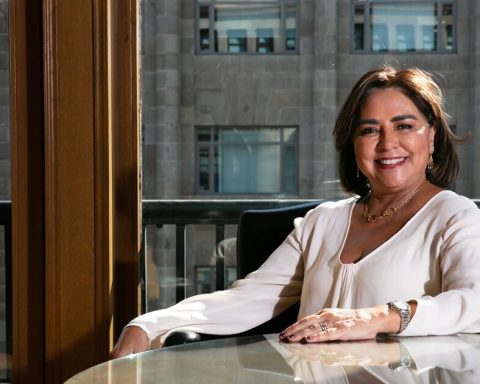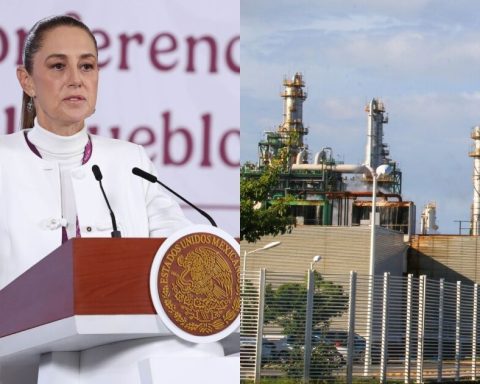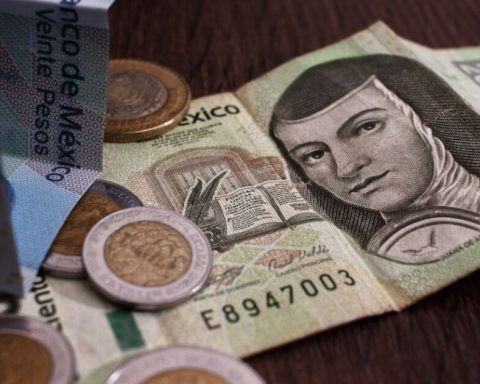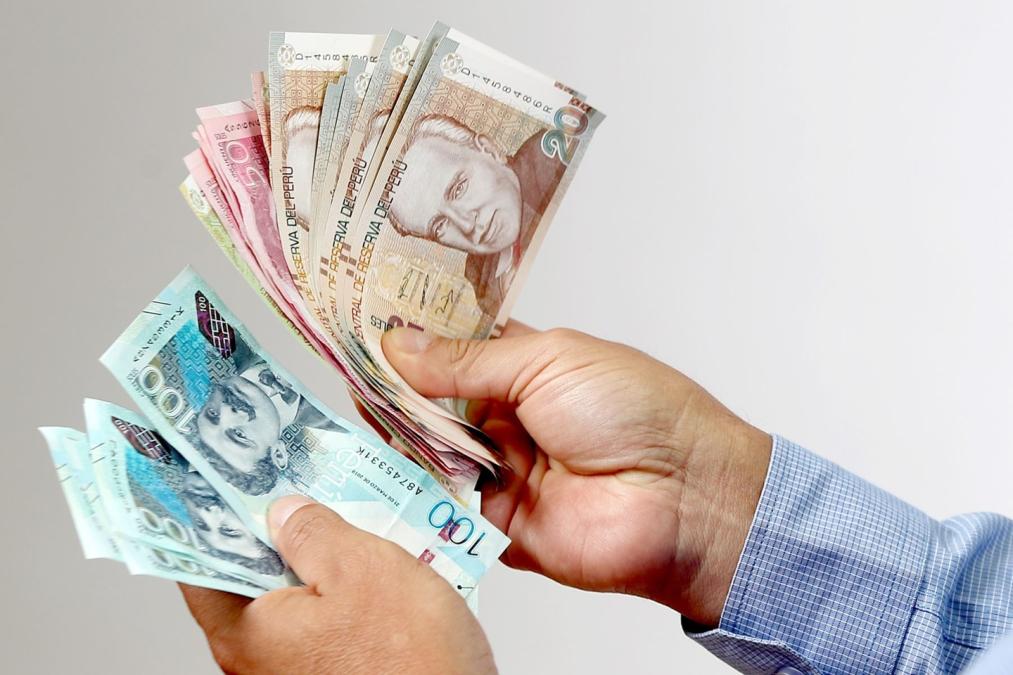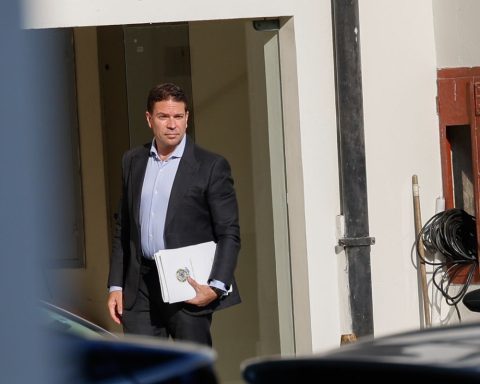But Mexicans are awaiting the inauguration of US President-elect Donald Trump on January 20 to see if he follows through on his threat to impose 25% tariffs on products crossing the border. Mexico currently has a free trade agreement with the United States and Canada, the T-MEC.
In Mexico, Latin America’s second largest economy after Brazil, the Gross Domestic Product (GDP) is expected to expand 1.2% in 2025, compared to 1.6% last year, according to the median estimate of 32 economists surveyed on 9 to January 16.
“Growth prospects are affected by three main factors: lower private consumption resilience, weaker export performance and declining fixed investment influenced by US political uncertainty and Mexico’s legislative agenda,” wrote Pamela Díaz Loubet , economist for Mexico at BNP Paribas.
“While nearshoring remains a long-term opportunity, political noise and investor doubts are delaying expected capital inflows, which were previously seen as drivers of the recovery,” he added.
The administration of Mexican President Claudia Sheinbaum has signaled that it hopes to avoid Trump’s threatened tariffs through action against illegal migration and drug trafficking to allay US concerns.
In another apparent nod, Mexico presented a plan to curb imports from China following Trump’s accusations that the country had become a backdoor for Chinese products to enter the United States.
But even with a government currently focused on fiscal restraint, and with global bond yields rising, the survey suggests that the central bank, Banxico, has limited room to ease policy more aggressively to support the worst-case scenario activity.
The bank cut its benchmark rate to 10% from a record high of 11.25% in five quarter-percentage point moves last year. It is expected to reduce it by another 150 basis points to 8.50% by the end of 2025, survey medians showed.
When asked how the central bank would react if Washington announces new tariffs on Mexico this month, seven of the 11 respondents said it should maintain the currently expected path of monetary easing.
Three said they would cut rates less than currently expected, while only one expected deeper cuts.
“Although higher tariffs would add headwinds to growth in Mexico, the immediate response is, at most, to maintain the pace of cuts, without accelerating them to 50 basis points,” said Alberto Ramos, head of economic analysis for Latin America at Goldman. Sachs.
“It will be difficult for Banxico to adopt a very dovish stance. Doing so would provoke a negative market reaction that could lead to tighter rather than looser financial conditions, and would soon force the central bank to return to a conservative stance.”
